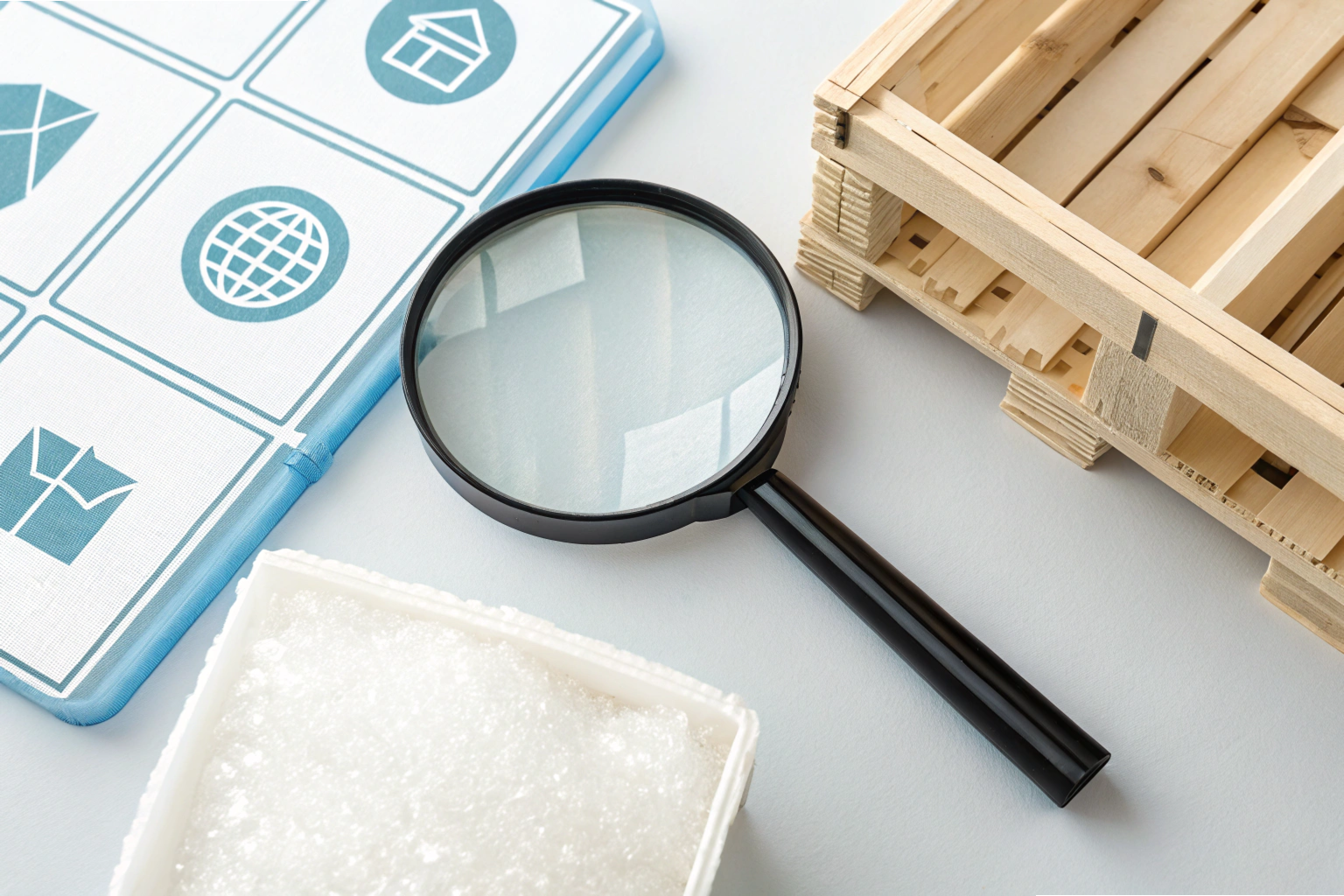
When I received a quote from a Vietnamese factory a few years ago, I thought everything was included—until the shipment arrived loosely stretch-wrapped on a wooden pallet, without any cartons. That was a costly lesson.
In most cases, standard export packaging is included in the price, but anything custom or beyond basic protection is usually extra—and you need to ask for it clearly.
Let’s break down how packaging works in quotes, what’s usually included, and how to avoid surprises when your metal parts ship from Vietnam.
What packaging is normally included?
Most Vietnamese suppliers include basic export packaging such as stretch film, foam, and pallets—but not retail or branded boxes.
This is one of the first questions you should ask when sourcing: “What’s your standard packaging?”
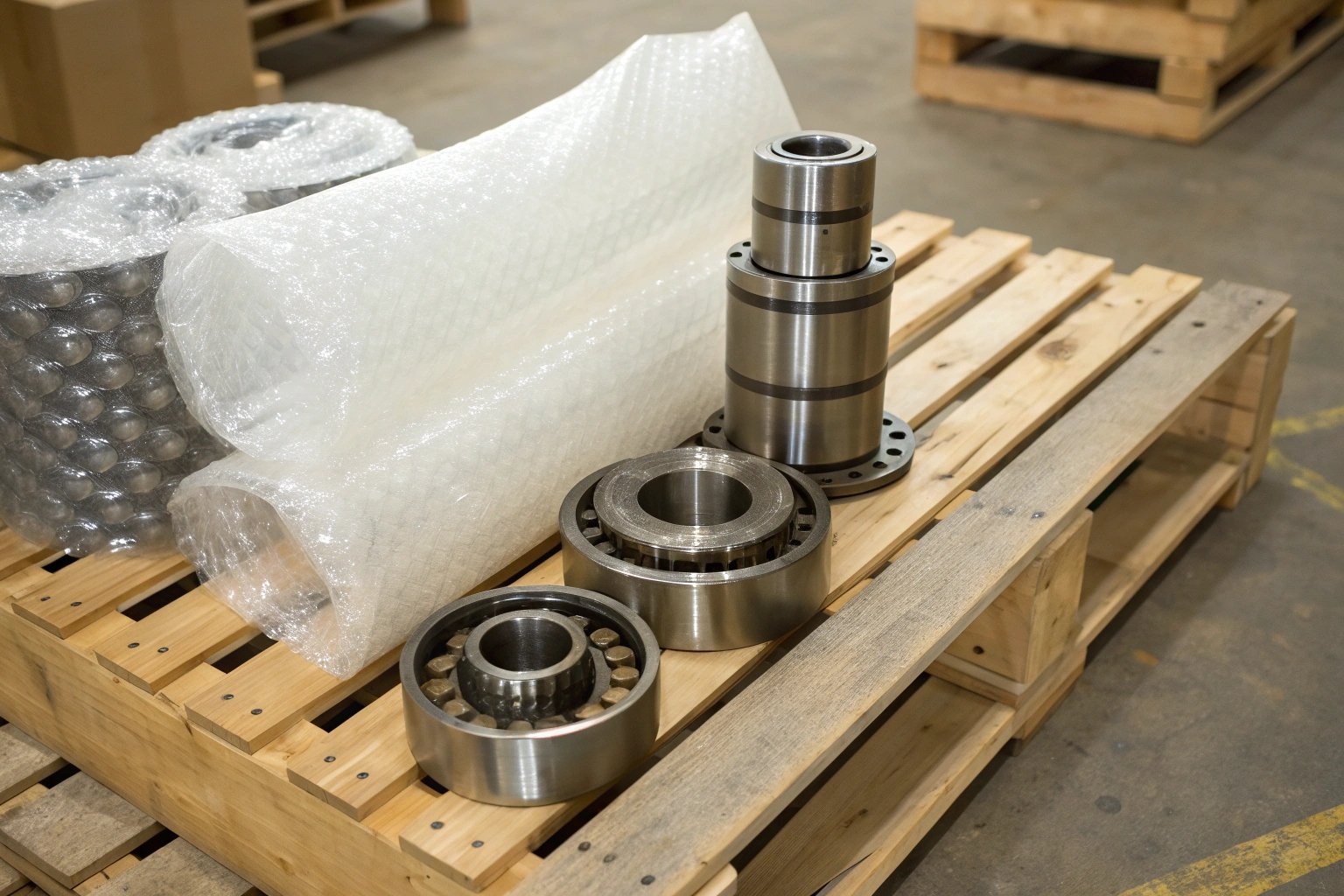
Standard inclusions typically follow Vietnam’s export packaging practices 1 where only minimum protection is covered unless otherwise agreed.
Table 1: What’s Often Included in "Standard Packaging"
| Packaging Type | Included in Quote? | Common Use Case |
|---|---|---|
| Stretch film wrap | ✅ Yes | Prevents surface scratch during handling |
| Bubble wrap or foam | ✅ Yes (basic only) | Minimal shock protection |
| Wooden pallet | ✅ Yes | For stacking and forklift handling |
| Corrugated box/carton | ❌ Usually not | Requires request; considered "retail packaging" |
| Custom wooden crate | ❌ Optional | Quoted separately for fragile/heavy parts |
Some factories may add cartons if you ask—but if you don’t, expect the “bare minimum” approach. It works fine for industrial buyers, but not for consumer shipments. 2
Are secondary or export packaging extra?
Yes—anything beyond basic protection like rust-proofing, sealed cartons, or custom crates usually costs extra.
Buyers often assume “export packaging” means fully protected crates, but suppliers may not do that unless told.
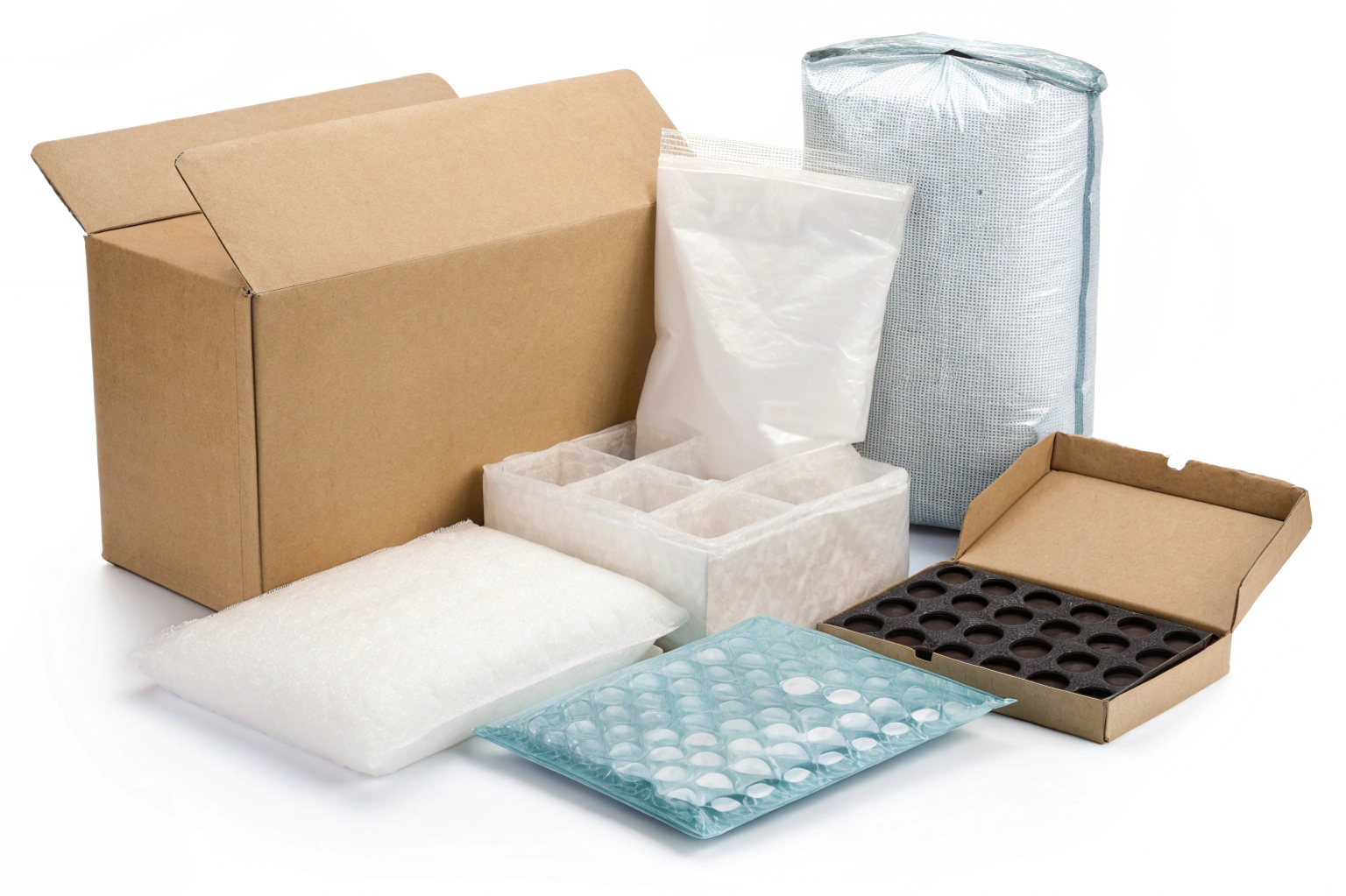
You should confirm details like secondary packaging standards for exports 3 to ensure proper materials are used.
What Counts as Secondary/Export Packaging?
- Corrosion protection: VCI bags, anti-rust spray, vacuum sealed pouches
- Moisture barrier films: For marine shipments
- Custom crates: Non-standard sizes
- Retail-ready packaging: Logo cartons, trays, or inserts
- Hygiene-sensitive wraps: Cleanroom or sealed pouches 4
Table 2: Examples of Extra Packaging Items and Cost Ranges
| Packaging Item | Estimated Cost per Unit | Notes |
|---|---|---|
| VCI anti-corrosion bag | $0.20 – $0.50 | Depends on size and thickness |
| Custom corrugated carton | $0.50 – $2.00 | Based on size, print, ply |
| Foam inserts (die cut) | $1.00 – $3.50 | Quoted separately, tooling may apply |
| Custom wooden crate | $10 – $50 | Heavy or delicate parts only |
| Moisture desiccant pack | $0.05 – $0.10 | Optional for sea freight |
If you need your parts truly “export-ready,” specify and price these extras upfront. 5
How do suppliers charge for protective packing?
Suppliers typically charge separately for protective packaging—often 2%–5% of the part cost or as itemized add-ons.
Charges depend on material, labor, and packing method.
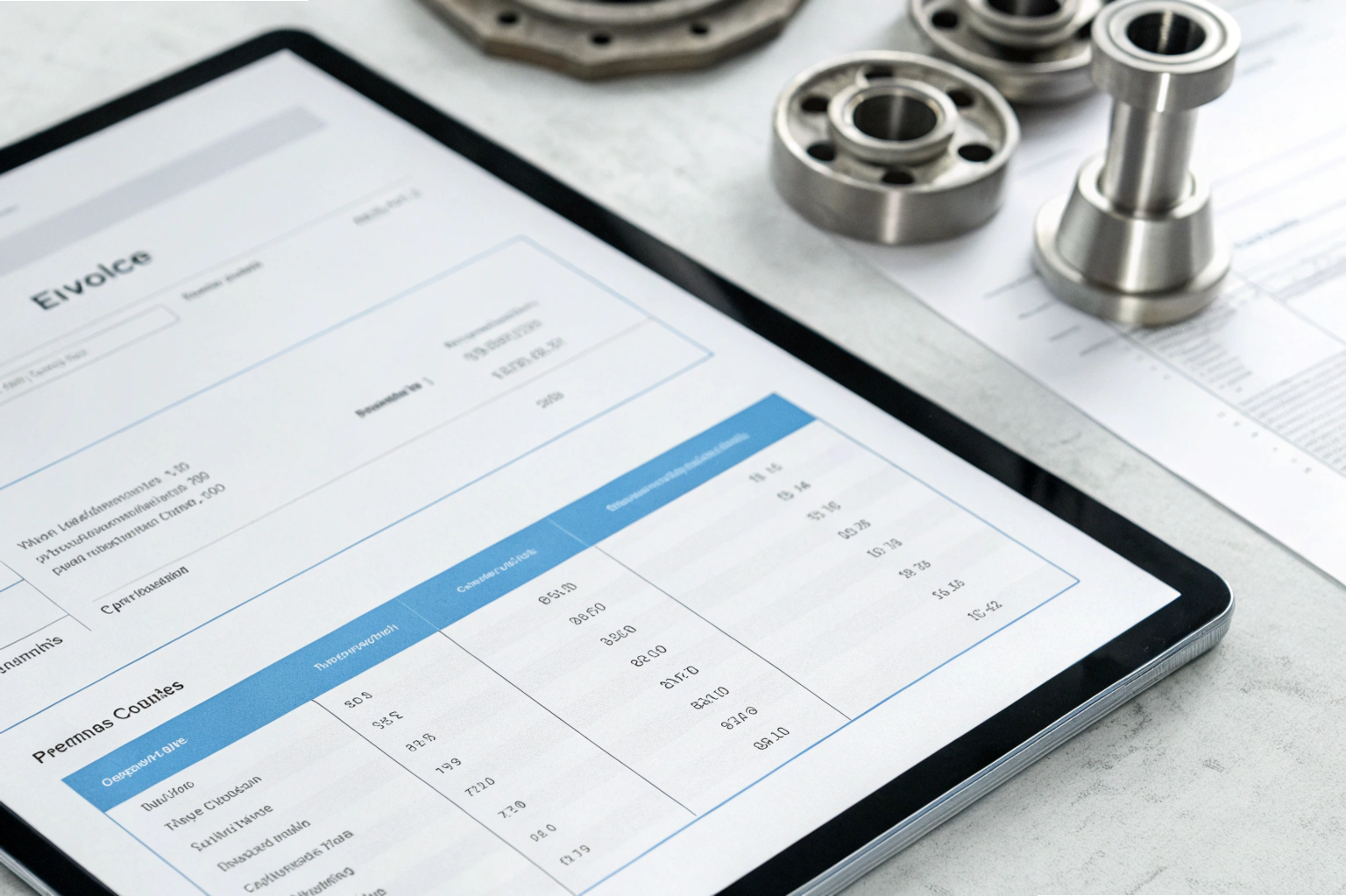
Common methods follow Vietnam manufacturing cost breakdown standards 6 and may include:
- Material size and weight
- Quantity per box
- Handling requirements
- Rust prevention materials 7
Table 3: Supplier Charging Models
| Charging Method | Common? | When Used |
|---|---|---|
| Flat rate per order | ✅ Yes | Simple crates or bulk foam |
| Per part/item fee | ✅ Yes | For individually packed or fragile parts |
| Percentage of total part cost | ⚠️ Sometimes | For bulk orders where packing scales by cost |
| Included in unit price | ❌ Rare | Only if explicitly written |
Requesting transparent cost breakdowns avoids disputes later. See sample RFQ packaging templates 8 for guidance.
Should you require “export-ready” packing in quote?
Yes. Always specify “export-ready” in writing within your RFQ or purchase order.
If parts will go to warehouses or customers, they must arrive clean, sorted, and properly protected.
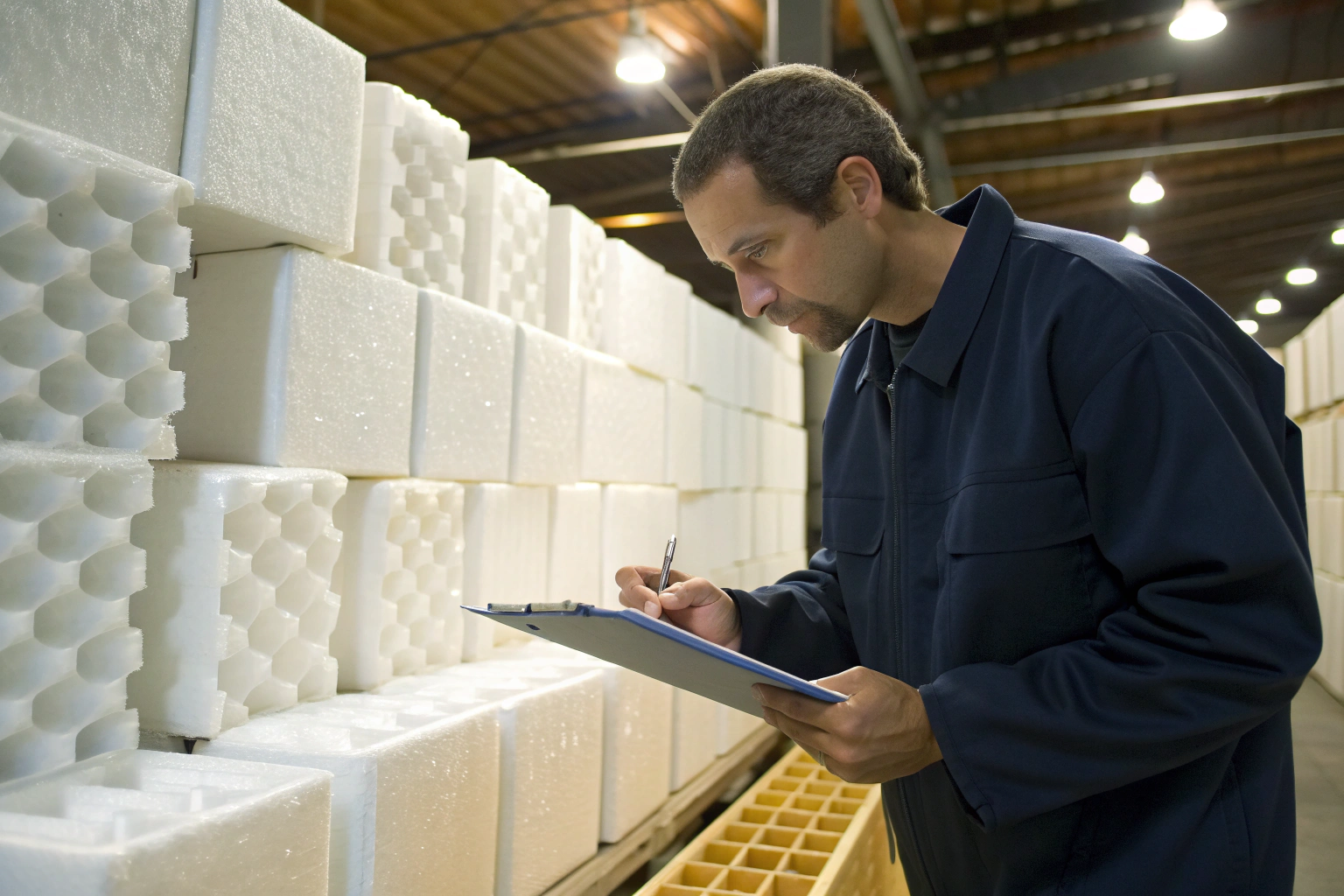
You can align with ISPM 15 export wood packaging standards 9 to ensure compliance in international shipping.
What to Specify in Your Quote Request
- “All parts must be export-ready, packed in moisture-protected cartons.”
- “Each box must contain max 25 pcs with foam divider and VCI protection.”
- “Include itemized packaging charges: materials, labor, and tooling.”
- “Outer crates must comply with ISPM-15 (heat-treated wood).” 10
Even if the supplier says, “We’ll pack properly,” write it into the contract.
Conclusion
Most Vietnamese suppliers include only basic packaging. If you need export-ready cartons, rust prevention, or branded crates, request and confirm those details clearly in your quote.
Footnotes
1. Overview of Vietnam’s export packaging practices. ↩︎
2. Why minimal packaging can cause quality issues. ↩︎
3. ISO reference on secondary packaging design for export. ↩︎
4. Definitions of advanced packaging protection levels. ↩︎
5. Importance of requesting full export-ready specs in RFQ. ↩︎
6. Vietnam manufacturing cost breakdown standards. ↩︎
7. Typical cost factors for protective packaging. ↩︎
8. U.S. trade RFQ template including packaging details. ↩︎
9. IPPC ISPM 15 wood packaging rules for export crates. ↩︎
10. Guidance for specifying export-ready crates in contract. ↩︎

